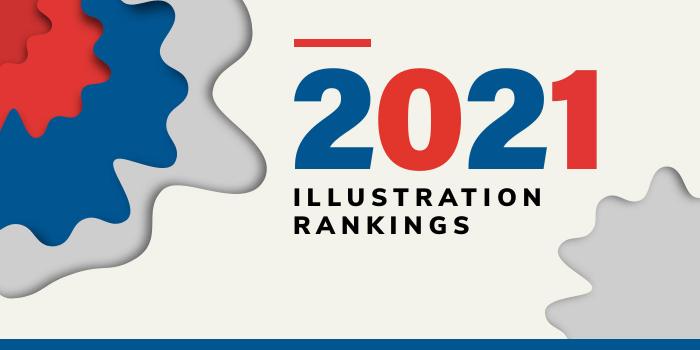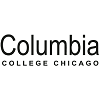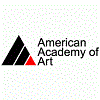University of Illinois at Chicago (UIC) was formed in 1982 by two U. of I. campuses—the Medical Center campus, which dates back to the 19th century, and the comprehensive Chicago Circle campus which, in 1965, replaced the two-year undergraduate Navy Pier campus that opened in 1946 to educate returning veterans. Today, with more than 33,500 students enrolled, UIC is the largest university in the Chicago area.
UIC offers 260 degree programs and 66 certificate programs in 15 colleges. The College of Applied Health Sciences houses the MS in Biomedical Visualization (MS BVIS) Program, which is the largest and second oldest of four accredited programs of its kind in North America. A Minor in Life Science Visualization is also available.
The Minor requires 16-17 semester hours of study and includes courses such as Anatomical Figure Drawing, Biological Illustration Techniques, Digital Sculpting for Life Sciences Illustration, and Life Science Animation, Storytelling, and Storyboarding. This program is open to students from any college or major with a sophomore standing.
The MS BVIS Program “integrates medicine, life science, communication technology, visual learning, education science, research and artistic training,” says the school. MS BVIS students will collaborate with Bioengineering, Medicine, and other departments at UIC and gain real world, hands-on experience through UIC’s “close relationships” with other Chicago medical universities, medical advertising agencies, museums, pharmaceutical companies, professional medical societies, animation studios, and software companies.
Course highlights for the program include Advanced Craniofacial Anatomy, Anatomical Visualization, Animation, Biomedical Visualization Techniques, Business Practices, Graphic Design, Human Neuroanatomy, Illustration Techniques, Interactive 3D, Ion Channels Structure, Function Pharmacology and Pathology, Medical Legal Visualization, Modeling, Surgical Illustration, 3D Space, Video Game Design and Development, Virtual Reality and Stereography in BVIS, Visual Learning & Visual Thinking, and Web Development.
Graduates of the program go on to become “highly-skilled science visualization specialists” in Medical Illustration, Animation, Gaming, Haptics, Interactive Media, and Virtual and Augmented Reality.






